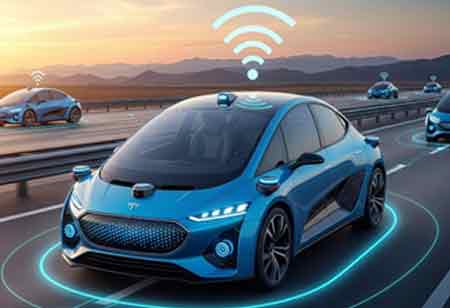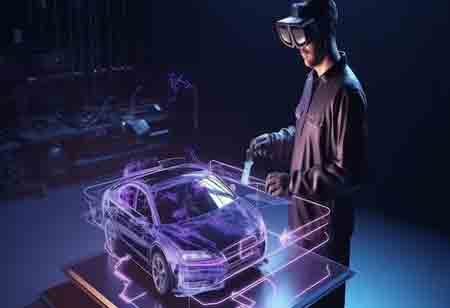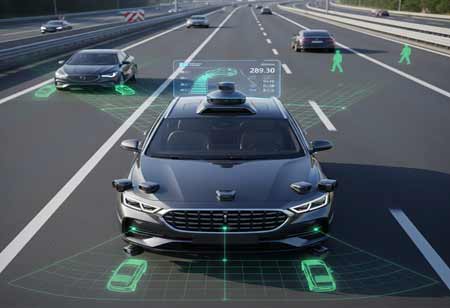THANK YOU FOR SUBSCRIBING
THANK YOU FOR SUBSCRIBING
Be first to read the latest tech news, Industry Leader's Insights, and CIO interviews of medium and large enterprises exclusively from Auto Tech Outlook

By
Auto Tech Outlook | Monday, June 30, 2025
Stay ahead of the industry with exclusive feature stories on the top companies, expert insights and the latest news delivered straight to your inbox. Subscribe today.
Fremont, CA: Canada is emerging as a key player in the autonomous vehicle ecosystem, supported by its robust tech infrastructure, skilled workforce, and forward-thinking transportation policies. The country offers diverse settings that are ideal for AV development and deployment, ranging from urban centers to controlled test environments. Research institutions and mobility innovators are driving advancements in automation, safety, and connectivity. As autonomous vehicle technologies evolve, Canada is positioning itself at the forefront of this mobility revolution, ready to transform how people and goods move across the nation.
Shaping Mobility Through Automation
Autonomous vehicles (AVs) are redefining the transportation landscape, changing from theoretical concepts to practical applications across urban and industrial environments. These self-driving systems use sensors, machine learning, and real-time data processing to navigate roads with minimal human input. The most significant trends in this evolving field center around safety enhancements, improved sensor technologies, and smarter decision-making algorithms.
Sensor fusion remains at the heart of AV technology, combining inputs from cameras, radar, lidar, and ultrasonic sensors to generate a complete, real-time understanding of the surrounding environment. Ongoing innovations are making these sensors more compact, affordable, and capable of detecting objects in poor lighting or weather conditions. Artificial intelligence continues to enhance the decision-making capabilities of AVs, allowing systems to predict pedestrian movement, adjust routes dynamically, and respond to complex traffic scenarios.
Advanced mapping and localization techniques are also becoming increasingly precise, enabling vehicles to maintain their position with centimeter-level accuracy. High-definition maps now integrate real-time traffic and road condition data, helping autonomous systems adapt quickly to changing circumstances. This level of precision is especially vital in urban centers, where unpredictable elements like construction zones, cyclists, and jaywalking pedestrians require constant vigilance and responsiveness.
Testing and deployment strategies are also evolving. Rather than relying solely on public roads, many AV developers now use simulation environments that mimic real-world conditions to accelerate software development and safety validation. These simulated miles enable rapid iteration and testing across many traffic scenarios without physical risk.
Transforming Infrastructure and Policy
The advancement of autonomous vehicles is not limited to technology. It is equally tied to infrastructure, regulation, and public readiness. Smart city initiatives are beginning to integrate vehicle-to-everything communication systems, which allow AVs to exchange data with traffic lights, road sensors, and other vehicles. This interconnectedness leads to smoother traffic flow, fewer accidents, and more efficient use of roadways. Achieving such integration requires substantial investment in digital infrastructure and coordinated planning between urban planners and transportation authorities.
Regulatory frameworks are gradually catching up to the technology. Governments and policymakers are actively working to define safety standards, liability rules, and data privacy protocols for autonomous systems. One key challenge is creating guidelines supporting innovation while ensuring public safety and consumer trust. Harmonizing regulations across regions is also critical for widespread adoption, particularly for cross-border freight and logistics services that rely on consistent rules.
 Copyright © 2025 AutoTech Outlook. All Rights Reserved | Privacy Policy | Subscribe | Sitemap | About us | Feedback Policy | Editorial Policy
Copyright © 2025 AutoTech Outlook. All Rights Reserved | Privacy Policy | Subscribe | Sitemap | About us | Feedback Policy | Editorial Policy 



